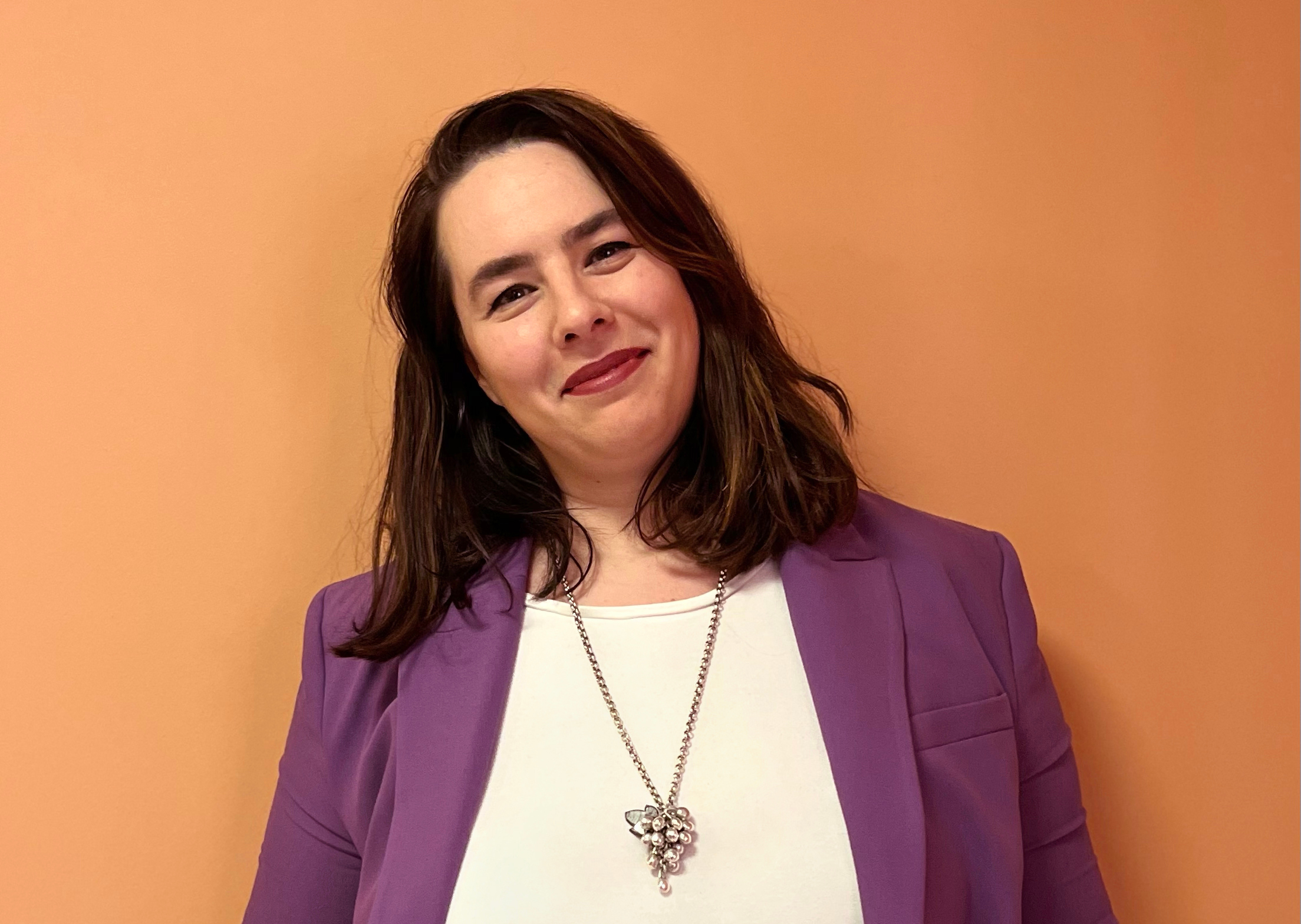
When Eskin joined the leading Swedish makeup brand IsaDora, she identified several promising initiatives by the company, but also room for improvement.
— These initiatives weren’t really structured, and with no clear goals. I started to look at where we are and where we can be, realistically, considering our size and the resources we have and put a roadmap for where we want to go.
When you speak to your industry colleagues, what are the hot topics in ESGs now?
— Greenwashing. What have brands been saying completely out of line? I have examples of shoe businesses and the automobile industry claiming crazy things. We need to get on the same page. Everyone wants to be competitive, but we need regulation on what we can say to consumers so that we’re not misleading. My issue is that we want to say very confidently what we’re good at, but avoid greenwashing. It’s a tough balance.
— Another hot topic is around recycling, recyclability, and designing for recycling in terms of where we want to be as a brand versus where we are as an industry. There are a lot of initiatives, but no real infrastructure, so the industry hasn’t caught up to the high level where we want to be. Say that we want to use recycled plastic for all the packaging. But there is no such thing yet – it will all end up looking grey. Where can we push the industry, and when will the industry move by itself?
And what are the emerging subjects?
— If we were to meet in a year, it would be Digital Product Passports. What’s also emerging, for ingredients and raw materials, is demand versus supply. We now have an out-of-stock situation on two of our best sellers because one of the key ingredients only comes from Japan, and that supplier just cannot meet the demand. It’s been too high.
— We just included talc in our banned ingredient list, which was a very hot topic. Some, mostly US companies, banned it, while others still almost promote the idea that it’s the best price versus value ingredient. It’s cheap, but it does the work. But we just made a decision to phase it out, which will be actionable from -26.
— The hot topic here is, how do you look at ingredients? Price, good for health, good for the environment, easy supply, and other things are so hard to weigh together. Just as an example, no one will say, ’we’re not gonna use glycerin from now on.’ But what about beeswax? It’s an excellent ingredient with great properties, but can’t be considered vegan, so, sadly, for us it’s out. An ingredient is never black or white, good or bad. It’s just a lot of factors. What’s now emerging is, where are we going as an industry? And what other ingredients do we want to label as ’bad’? Do we have clear arguments and research to label them that way?
And what do you forecast for DPPs in beauty?
— We just started diving into it. I’m still not clear when and how it will affect the beauty industry, but for us, the first step was to find out if we are to tell consumers more, and do we have a place for all of that information? We use different systems for product databases, sustainability reporting, and so forth, but do we actually have all the data if we are required to report, for instance, the environmental footprint for all the products? Are we ready? Basically, that’s where we are right now.
— I hope it will not hit us until -28. The fashion industry will be first. I just want us to be ready and look at it as a competitive advantage versus other brands. I just want to have a scope of the information that is out there. Today, we don’t know the CO2 impact of every individual product. We know it for us as a company, but not split, which is why we need to dig more so that we know more about every product.

Have you been affected by a CSRD?
— Not yet, because of our size.
But when you start with CSRD, that will help you a lot for your potential DPPs.
— Yes. And the same thing there, we are not affected yet, but it would make sense for us to be ready for when we are affected. If you start reporting it, you’ll get good data — and, ultimately, these things will affect you!


